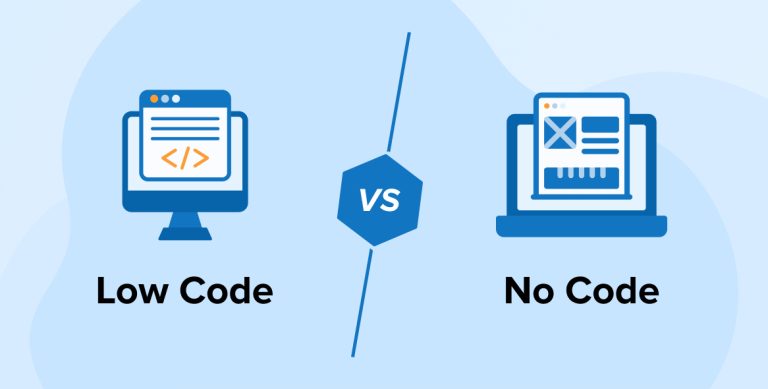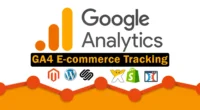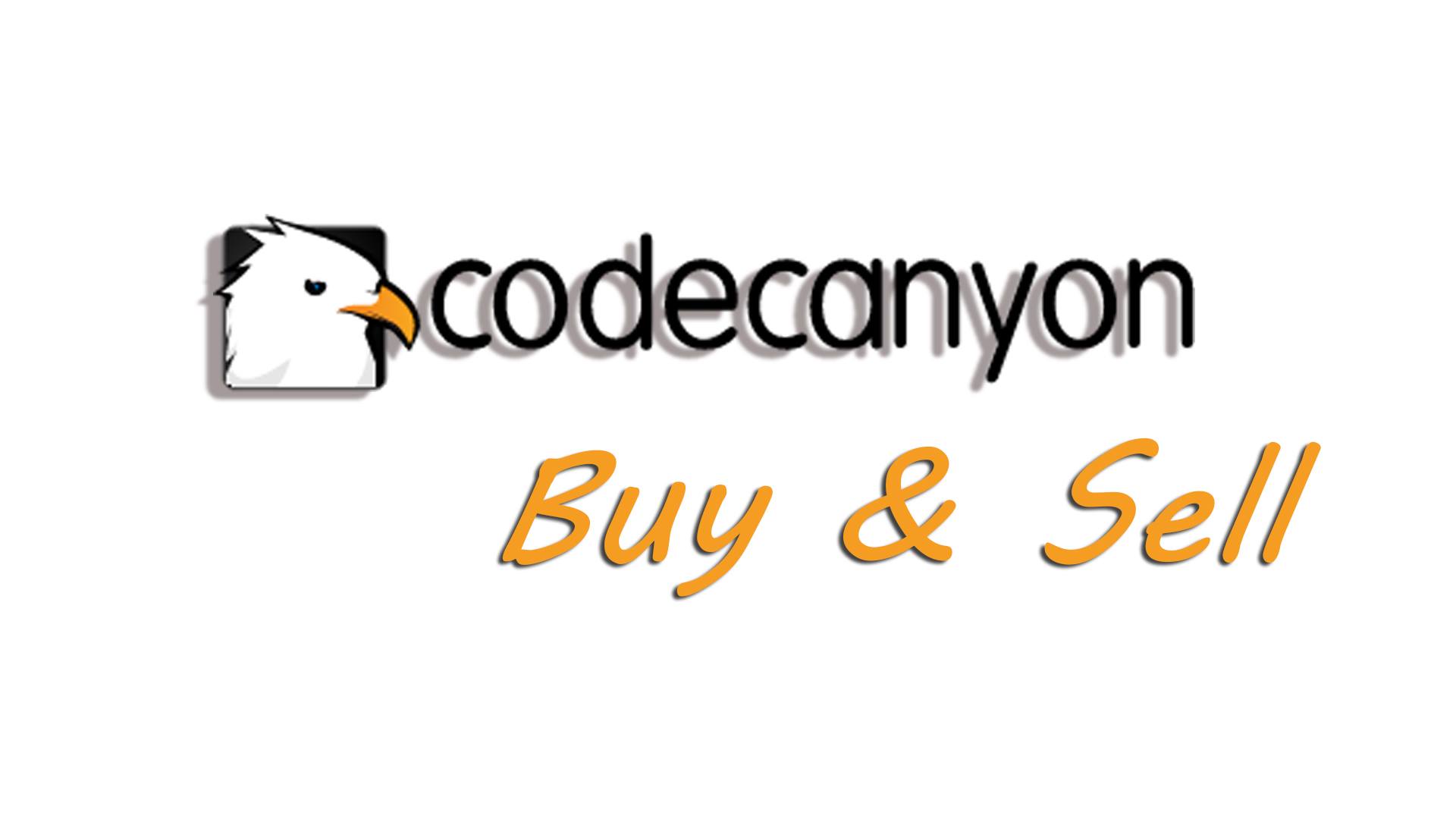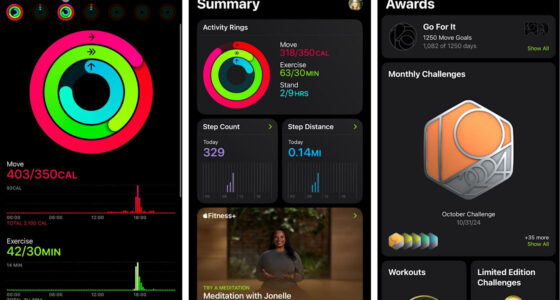Understanding Development Platforms
Low-Code and No-Code Defined
Low-code and no-code platforms empower businesses to create applications with minimal coding, streamlining development for Thailand’s 3 million SMEs, per 2025 government data. Low-code platforms, like OutSystems, require some coding knowledge for customization, while no-code tools, such as Bubble, use visual interfaces for non-technical users. Both reduce development time by 50%, per a 2024 Gartner report, making them ideal for entrepreneurs in Bangkok’s fast-paced market.
Speed and Accessibility
Rapid Deployment Benefits
No-code platforms excel in speed, enabling non-technical users to build apps in days, with 80% of Thai startups using tools like AppSheet for quick prototyping, per a 2025 tech survey. Low-code platforms, while slightly slower, offer greater flexibility for complex integrations, appealing to 60% of mid-sized firms, per Forrester. A Chiang Mai retailer could launch a no-code e-commerce app in a week, compared to a month with low-code, boosting market entry speed.
Customization and Scalability
Tailoring to Business Needs
Low-code platforms provide robust customization, supporting advanced features like API integrations for businesses like Phuket’s tourism operators, who handle 10 million bookings yearly. No-code platforms, limited to predefined templates, suit simpler applications, with 70% of Thai SMEs using Adalo for basic apps, per 2024 data. Low-code’s scalability makes it ideal for growing firms, while no-code’s simplicity fits startups with limited technical resources.
Cost and Resource Efficiency
Budget-Friendly Development
No-code platforms are cost-effective, with tools like Glide averaging $30/month, saving 40% compared to low-code’s $100/month subscriptions, per TechRadar. For Thailand’s cash-strapped startups, no-code reduces hiring needs, as 65% of apps are built in-house, per a 2025 SME report. Low-code, requiring developers for complex tasks, suits larger firms with budgets for skilled staff, balancing cost and functionality.
Integration and Technical Control
Connecting Business Systems
Low-code platforms, like Microsoft Power Apps, offer seamless integration with enterprise systems like SAP, critical for Thailand’s 15,000 manufacturing firms, per 2024 industry data. No-code tools often lack deep integration, limiting their use for complex workflows. A Bangkok logistics company could use low-code to integrate IoT tracking, enhancing efficiency by 20%, while no-code suits standalone apps like customer portals, per a 2025 Deloitte study.
Choosing the Right Approach
Aligning with Business Goals
Select no-code for quick, simple solutions or low-code for scalable, integrated applications based on your business needs. Thai entrepreneurs, with 30% adopting digital tools in 2025, per depa, should assess team skills and project complexity. Test platforms via free trials, like Bubble’s, to evaluate usability. For long-term growth, low-code’s flexibility supports Thailand’s digital economy roadmap, aiming for 30% GDP contribution by 2030.









